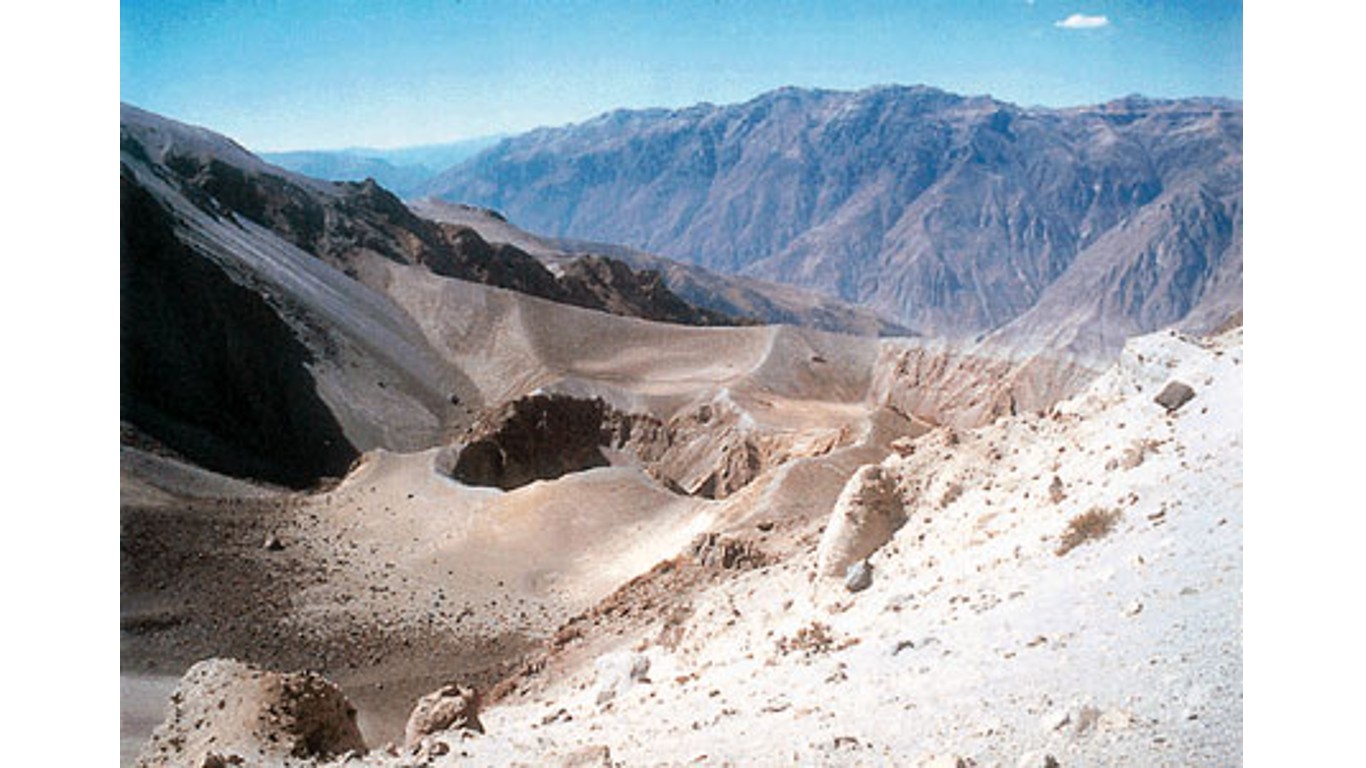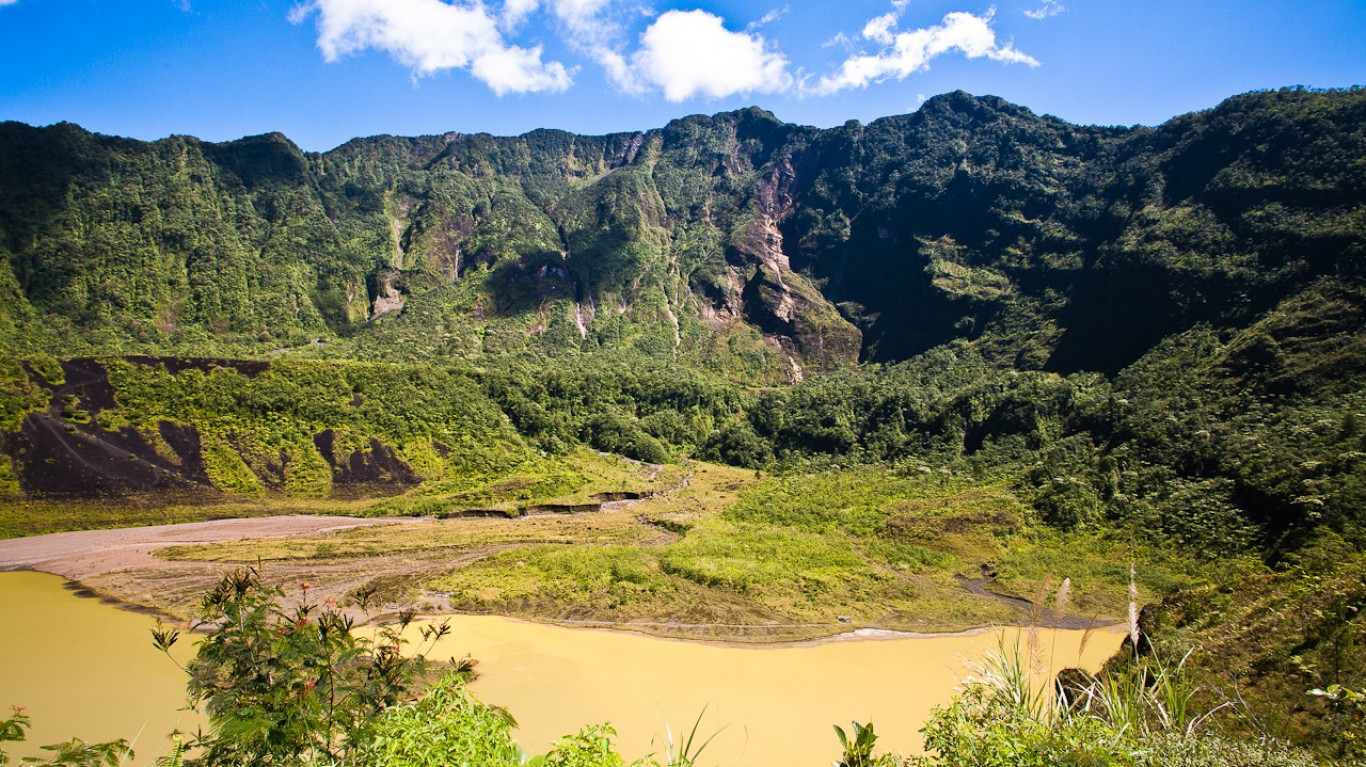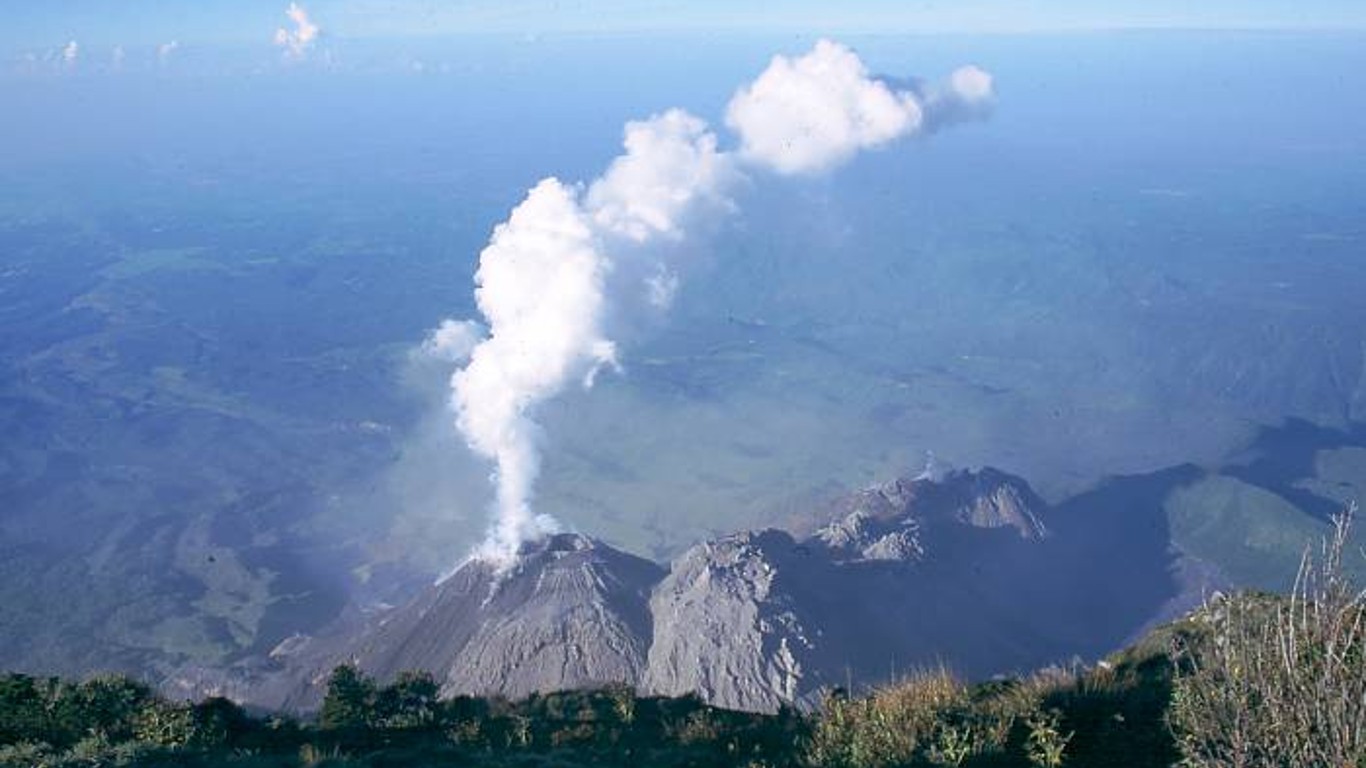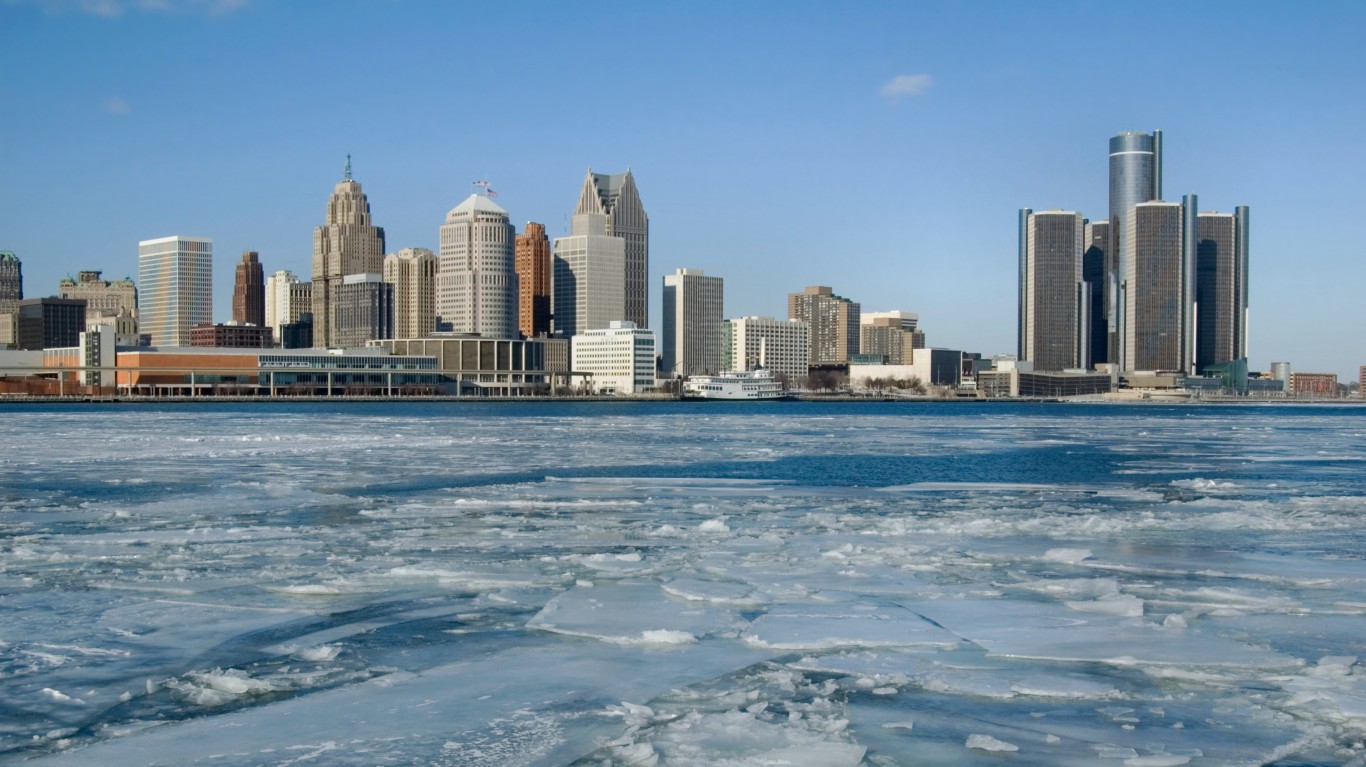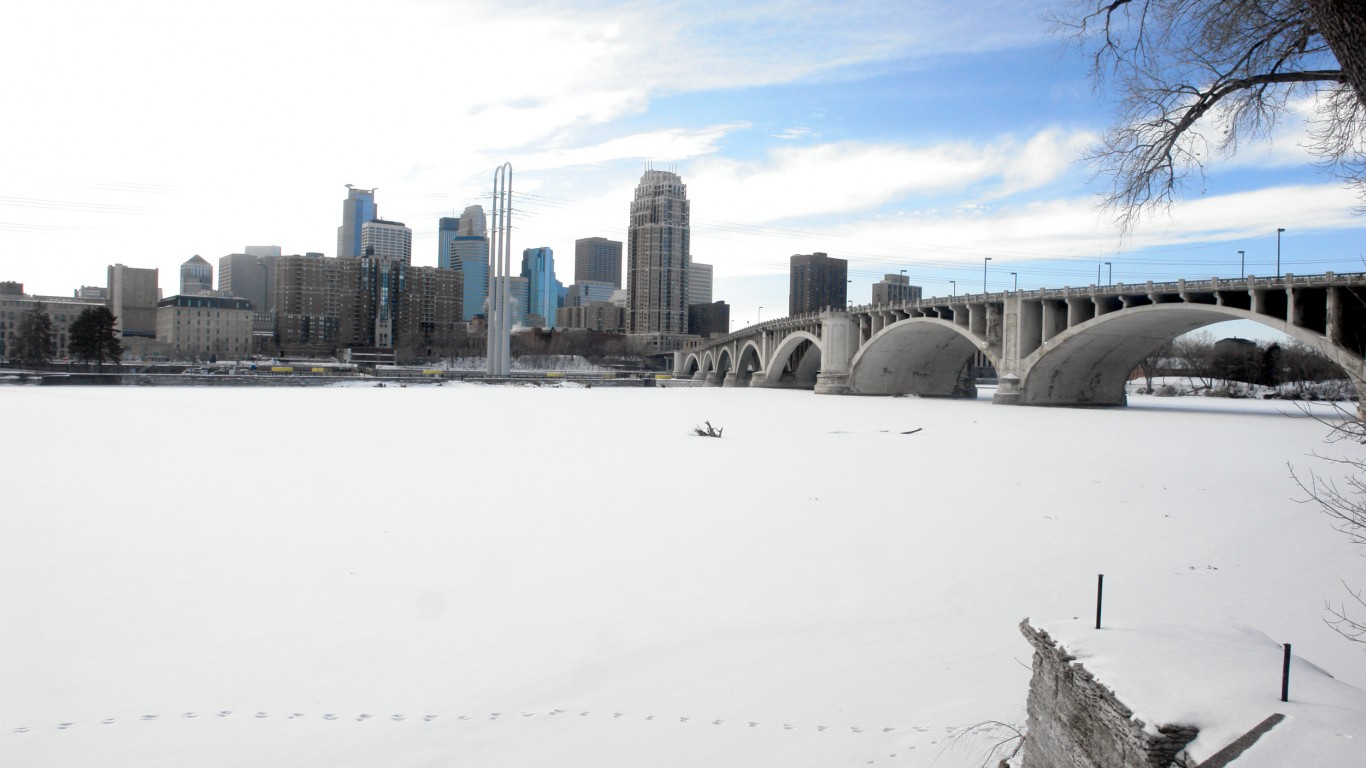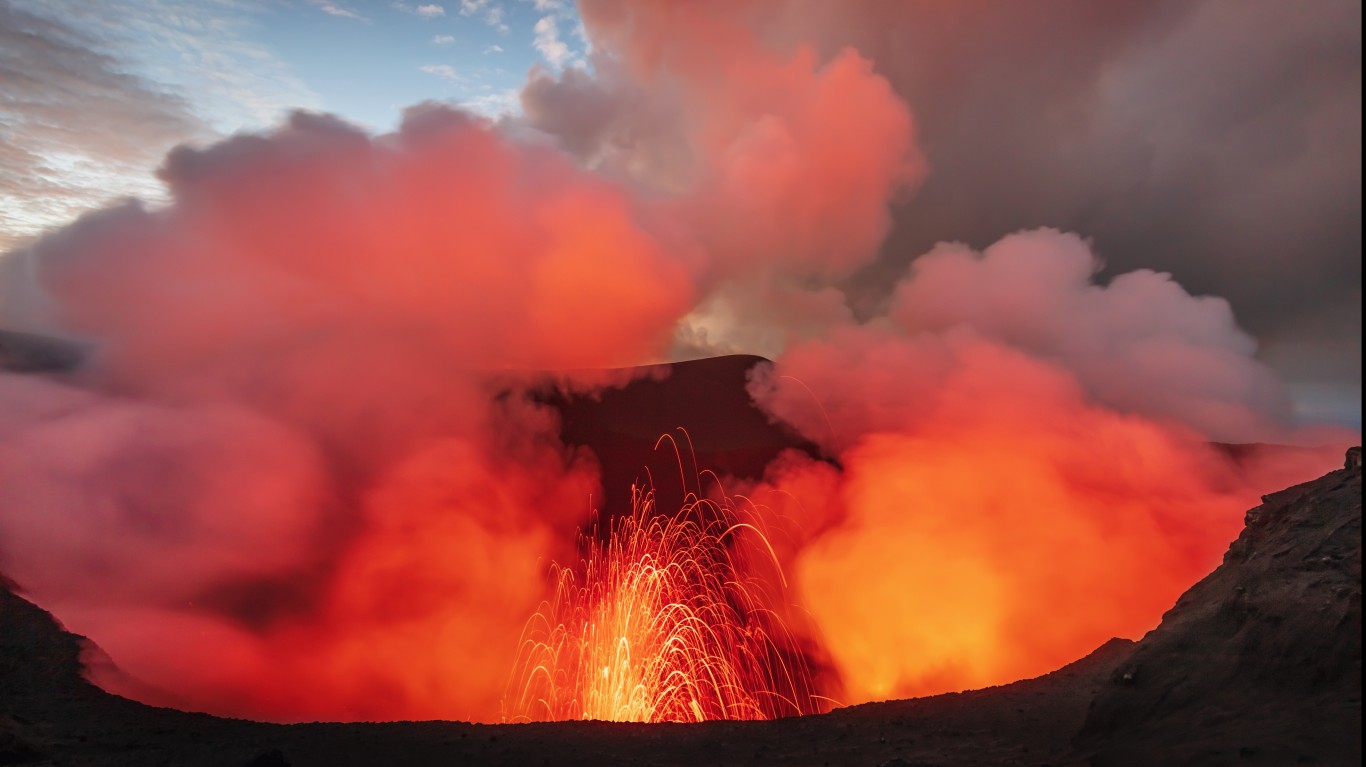
Every year, an average of more than 50 volcanoes erupt around the world. For instance, the Cumbre Vieja volcano on La Palma, one of Spain’s Canary Islands, off the coast of Morocco, is currently erupting, and has thus far destroyed 500 buildings and caused the evacuation of two villages.
Many eruptions are minor, but occasionally a historic blast causes massive amounts of damage. Pyroclastic flow — a fast-flowing current of hot ash, lava, and gasses — and mudflow can bury farms, towns, and forests for miles around a volcano. Tsunamis, triggered by avalanches of debris pouring into the ocean, can wreck coastal settlements, destroy ships, and damage fisheries.
And volcanic eruptions can wreak havoc not only on the area directly around the blast, but on the entire world. Ash clouds that enter the stratosphere during an eruption are known to cause shifts in the climate that sometimes last for years and have been implicated in devastating famines throughout history. Some are even credited with ending ancient civilizations and empires. (Here are 25 ancient civilizations destroyed by natural disasters.)
24/7 Wall St. has compiled a list of the most devastating volcanic eruptions in history, using data from the U.S. Geological Survey and other sources. Many of these have caused millions of dollars worth of damage, as well as loss of life and homes, as people are forced to relocate to unaffected areas. Eruptions were chosen for the list based on the extent of the property damage and fatalities they cause, their impact on the environment, and their sheer force.
Click here to see the most devastating volcanic eruptions in history
The force of eruptions is measured on a scale called the Volcanic Explosivity Index (VEI), which takes into account how much material is ejected from the volcano, as well as the height at which it is ejected into the atmosphere and the duration of the eruption. The highest VEI ever recorded is a 7, which is 10 times more powerful than a VEI of 6. Many of the eruptions on the list are ranked as a 6 or 7, making them some of the biggest natural disasters in history. (Here is the worst natural disaster in every state.)
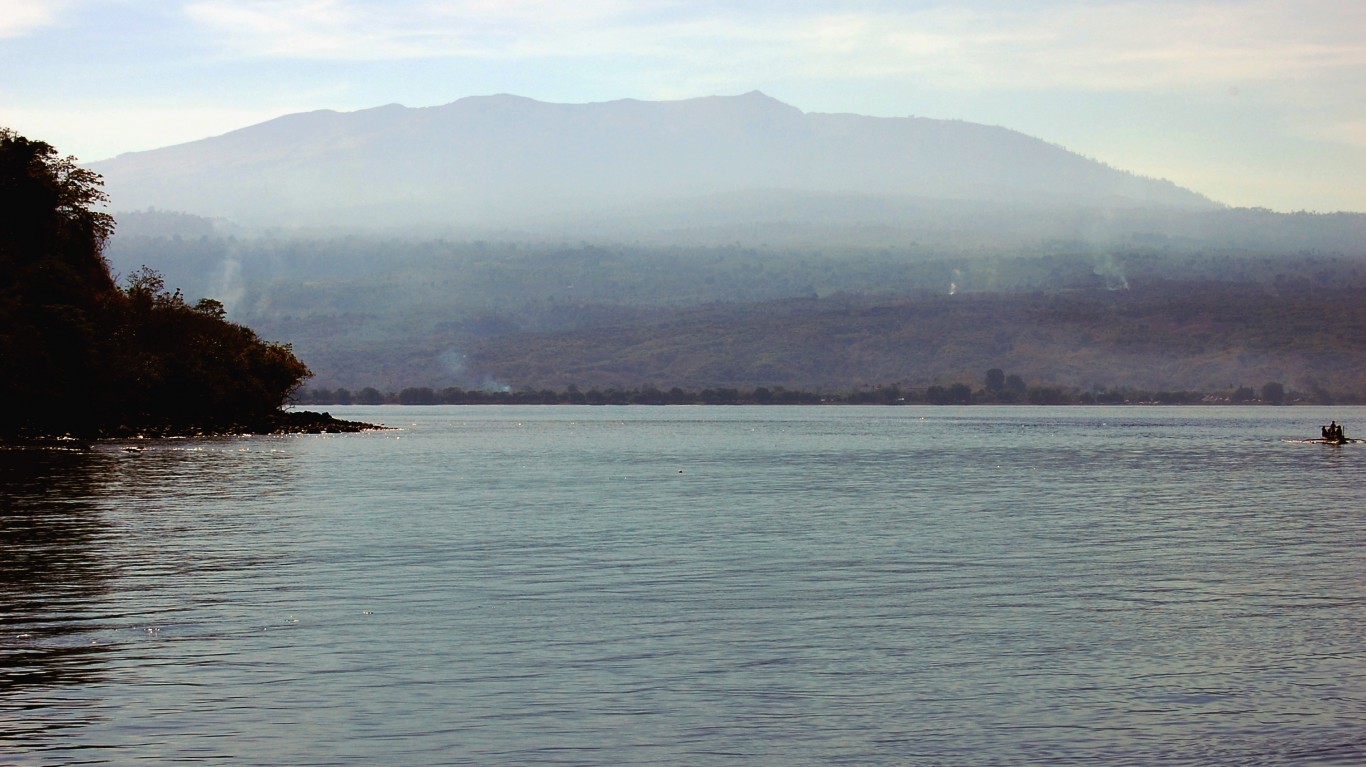
1. Mount Tambora
> Year: 1815
> Location: Indonesia
Mount Tambora holds the record for causing the most powerful volcanic blast in the last 10,000 years. Producing a 3.7-mile-wide caldera — the crater formed by the collapse of a volcano’s center — the eruption was heard 1,200 miles away and sent ash and magma spewing over 10 miles high, in what is known as a plinian eruption column. It is estimated that the blast and subsequent environmental fallout killed 100,000 people.
[in-text-ad]
2. Nevado del Ruiz
> Year: 1985
> Location: Colombia
Although the eruption of Nevado del Ruiz in 1985 did not produce a massive blast, the subsequent mudflow buried the town of Armero, killing more than 23,000 people. According to the International Disaster Database, in addition to being the fourth-deadliest eruption in history, it is the most expensive volcanic eruption ever, causing about $1 billion in damages.
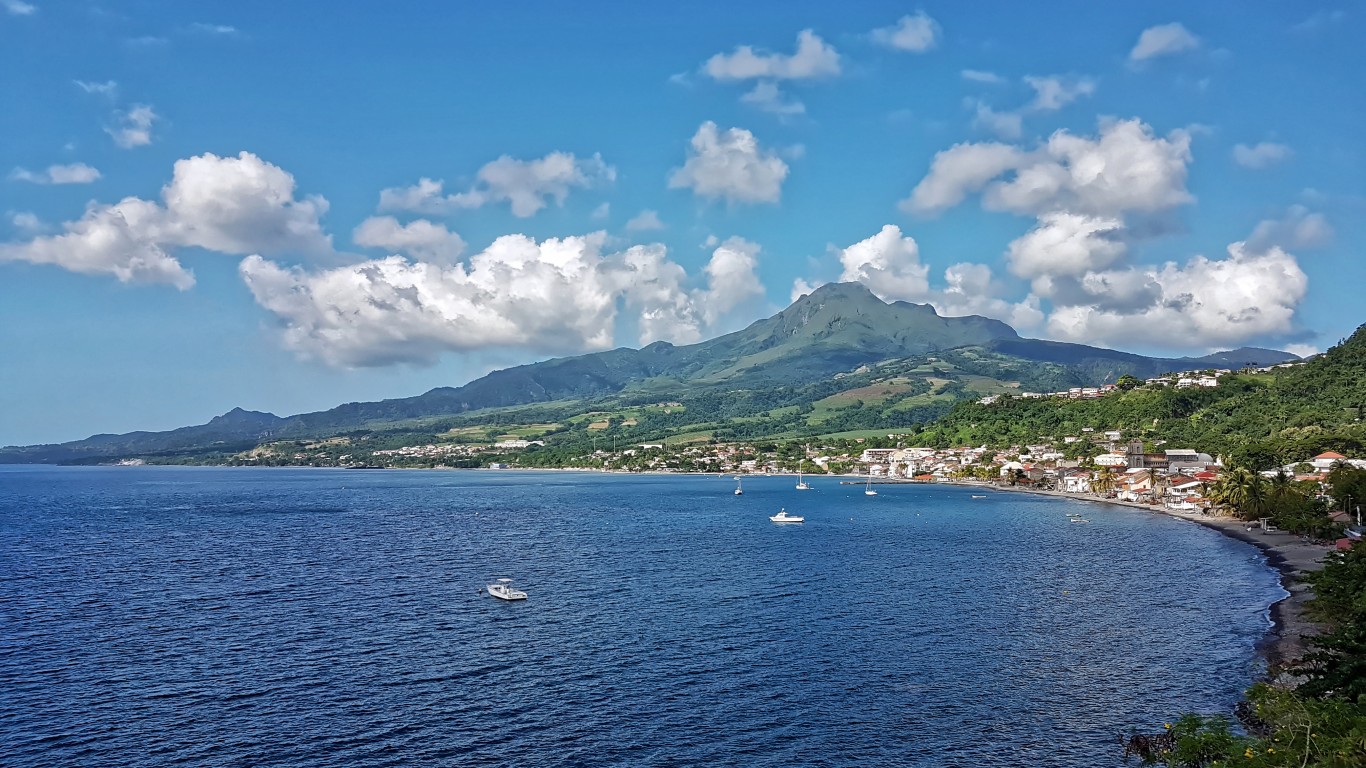
3. Mount Pelée
> Year: 1902
> Location: Martinique
The third-deadliest volcanic eruption in history, as well as the deadliest of the 20th century, the eruption of Mount Pelée killed 30,000 people and cost its community about $50 million. The pyroclastic surge destroyed the city of St. Pierre, leaving very few survivors.
4. Laki
> Year: 1783
> Location: Iceland
This eight-month-long eruption from the Lakagígar fissure in Iceland emitted enough sulfur dioxide to cause global temperatures to drop, leading to widespread famine in western Europe and Egypt. The poison gasses killed the majority of Iceland’s livestock, as well as ruining crops and leading to the deaths of about 10,000 Icelanders.
[in-text-ad-2]
5. Samalas
> Year: 1257
> Location: Indonesia
This blast on the Indonesian island of Lombok most likely had a VEI of 7 — comparable to the devastating eruption of Mount Tambora in 1815 — and destroyed the city of Pamatan. The emissions and aerosols that entered the atmosphere are thought to have caused climate changes that led to famine around the world and may also have contributed to triggering the so-called Little Ice Age.
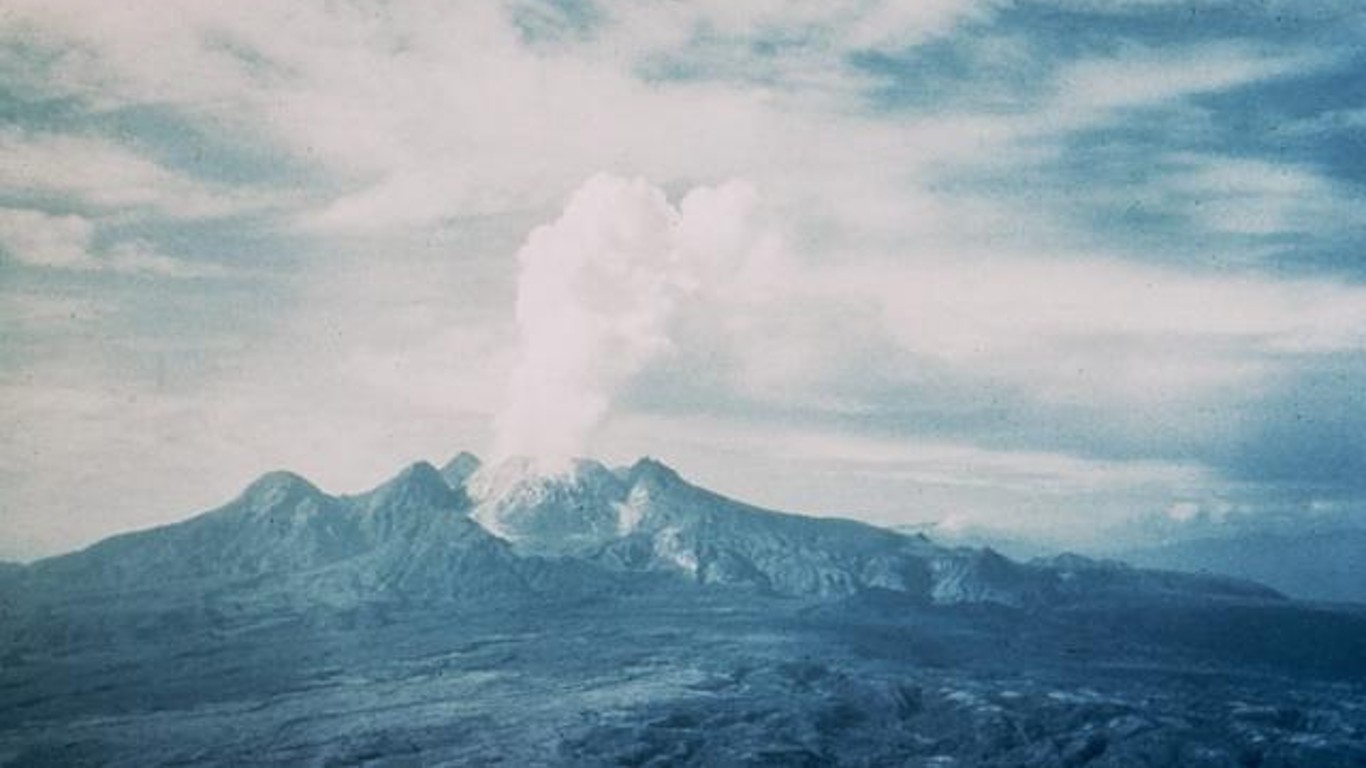
6. Mount Lamington
> Year: 1951
> Location: Papua New Guinea
Prior to its eruption in 1951, residents of the surrounding Oro Province didn’t know that Mount Lamington was a volcano. Starting in mid-January, the volcano emitted multiple blasts — including a massive explosion on January 21 — that killed more than 3,000 people and continuously hampered rescue efforts in the area.
[in-text-ad]
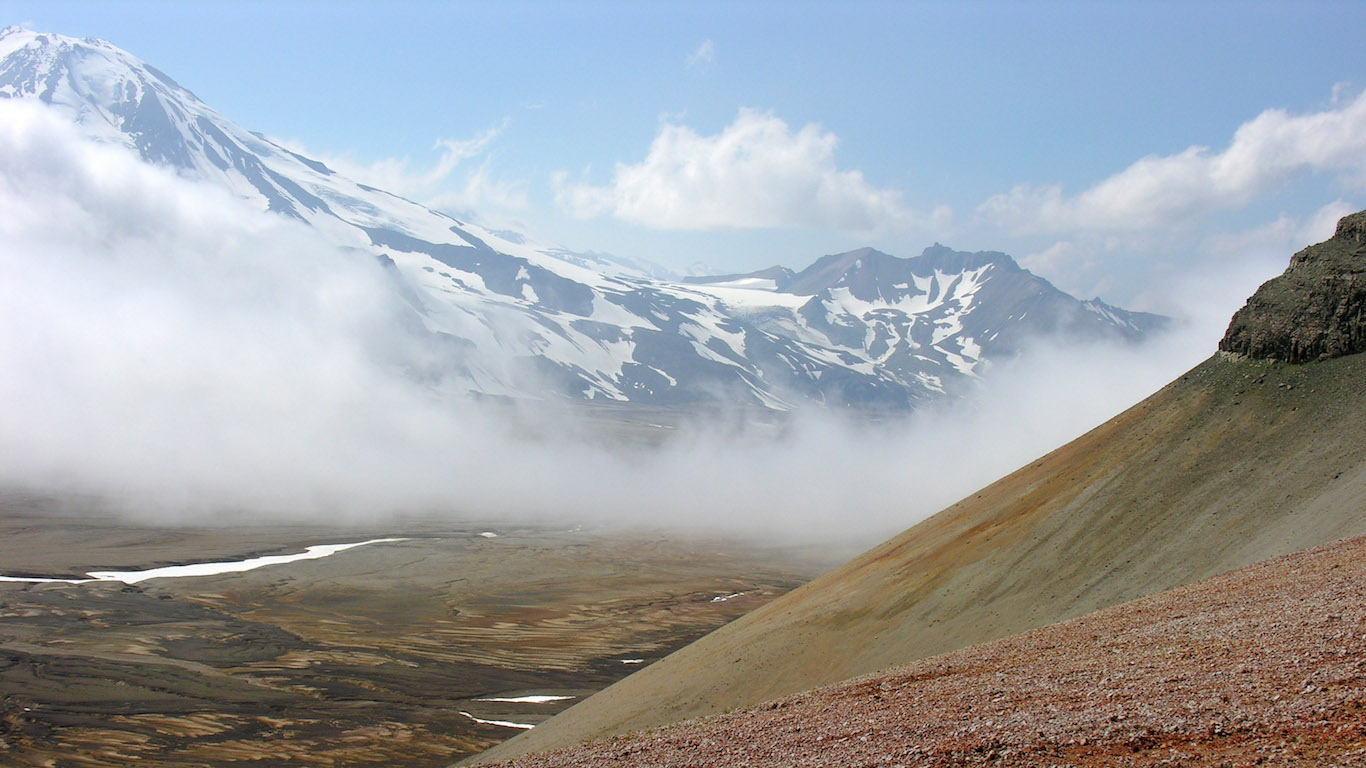
7. Novarupta
> Year: 1912
> Location: Alaska
The largest volcanic eruption of the 20th century, Novarupta had a VEI of 6 and ejected over three cubic miles of ash and magma during its 60-hour eruption. Fortunately, the remote location of the volcano meant minimal damage to human settlements and no deaths. Some native Alaskan villages, however, were abandoned and relocated due to ash fall.
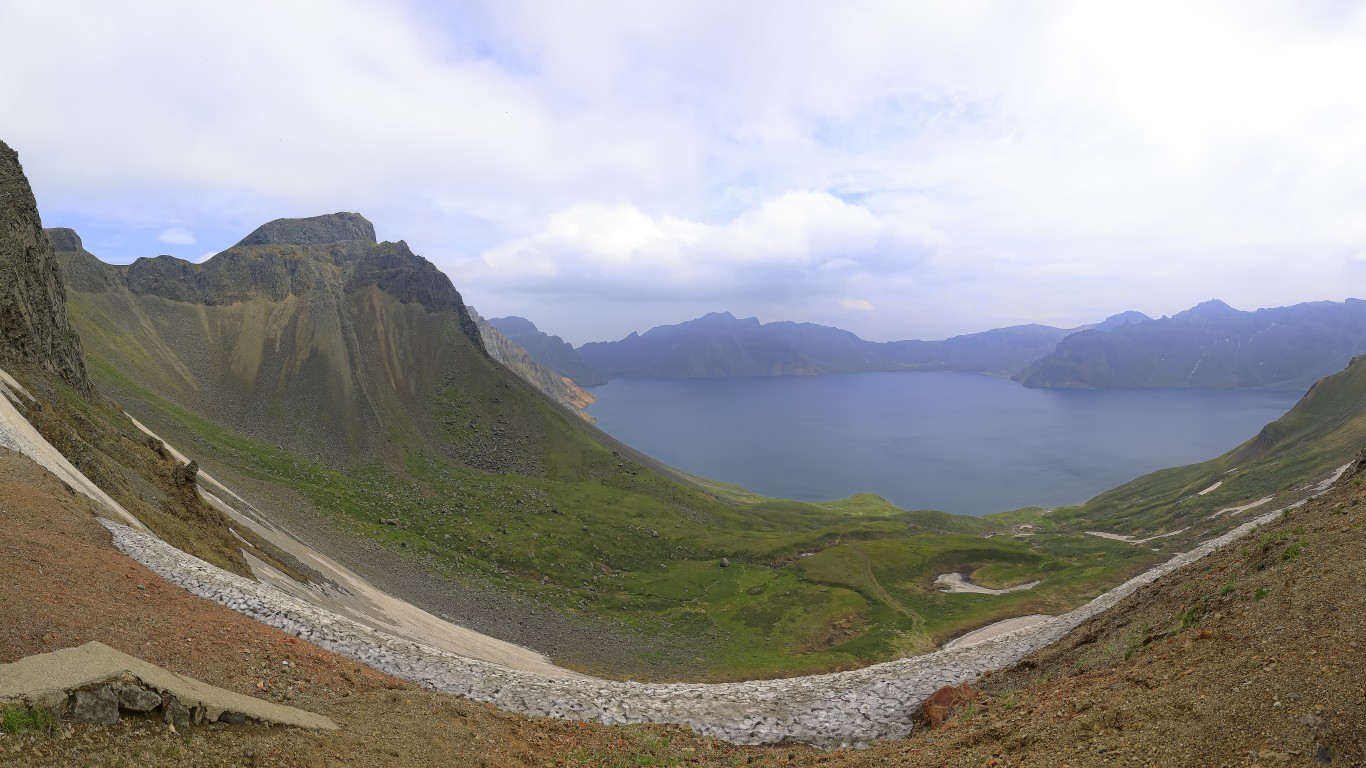
8. Paektu Mountain
> Year: 946
> Location: Korea
With a VEI of 7, the eruption of Paektu Mountain was one of the largest in recorded history. The massive blast ejected over 24 cubic miles of debris, and created a caldera that now contains a 3.79-square-mile lake. Although the event temporarily altered the weather in neighboring Manchuria, evidence suggests that the eruption did not have drastic effects on the world climate.
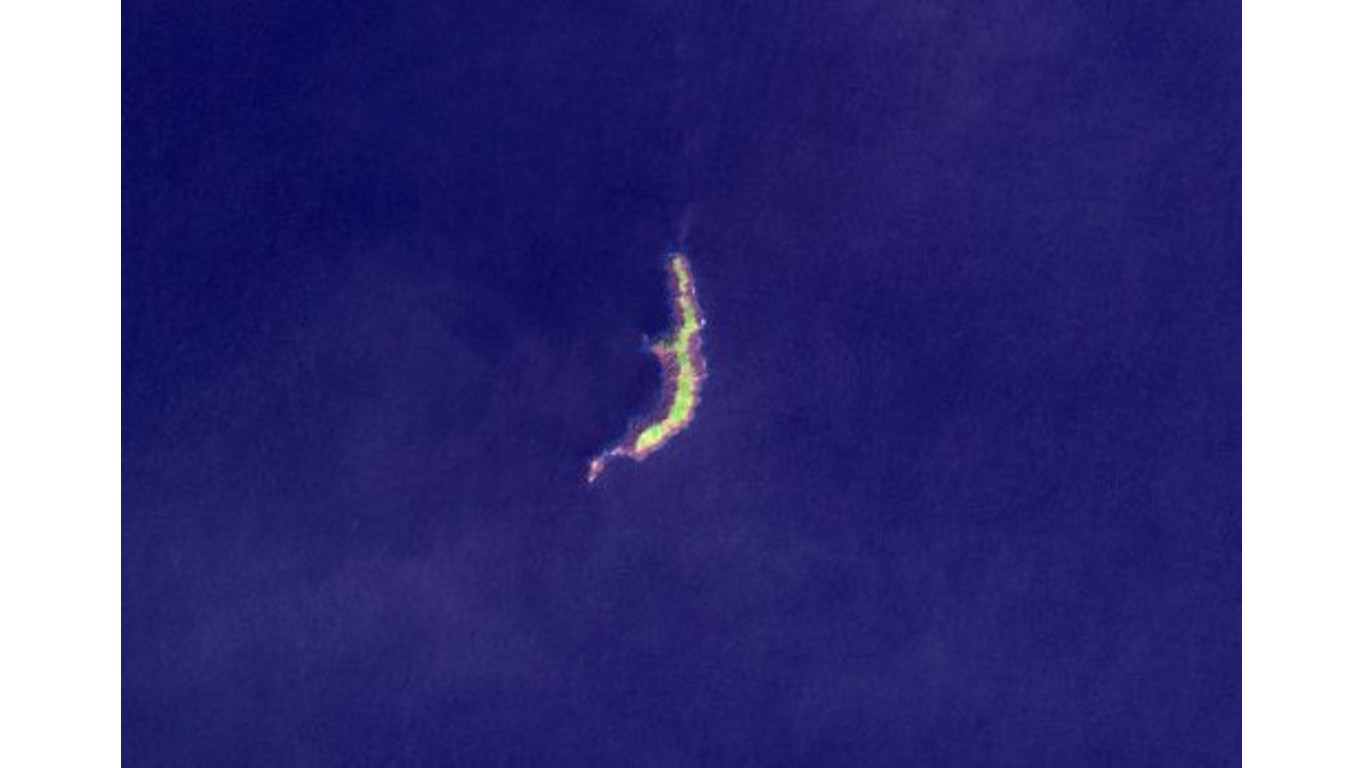
9. Ritter Island
> Year: 1888
> Location: Papua New Guinea
The 1888 eruption and collapse of Ritter Island — a steep-sided cone which is estimated to have been originally over 2,500 feet tall — left only a small crescent of land jutting out above the water. It is the largest volcanic island collapse ever recorded. A massive tsunami followed the eruption and wiped out coastal areas on multiple surrounding islands.
[in-text-ad-2]
10. Mount Pinatubo
> Year: 1991
> Location: The Philippines
Mount Pinatubo’s massive VEI 6 eruption sent debris as high as 15 miles and ash up to 25 miles into the atmosphere. Pyroclastic flow filled in many river valleys, and typhoon rains mixed with debris, causing mudslides and collapsing roofs. Although the main eruption didn’t occur until June 15, seismic activity in the area during the previous months led to evacuation efforts before the blast that saved tens of thousands of lives.
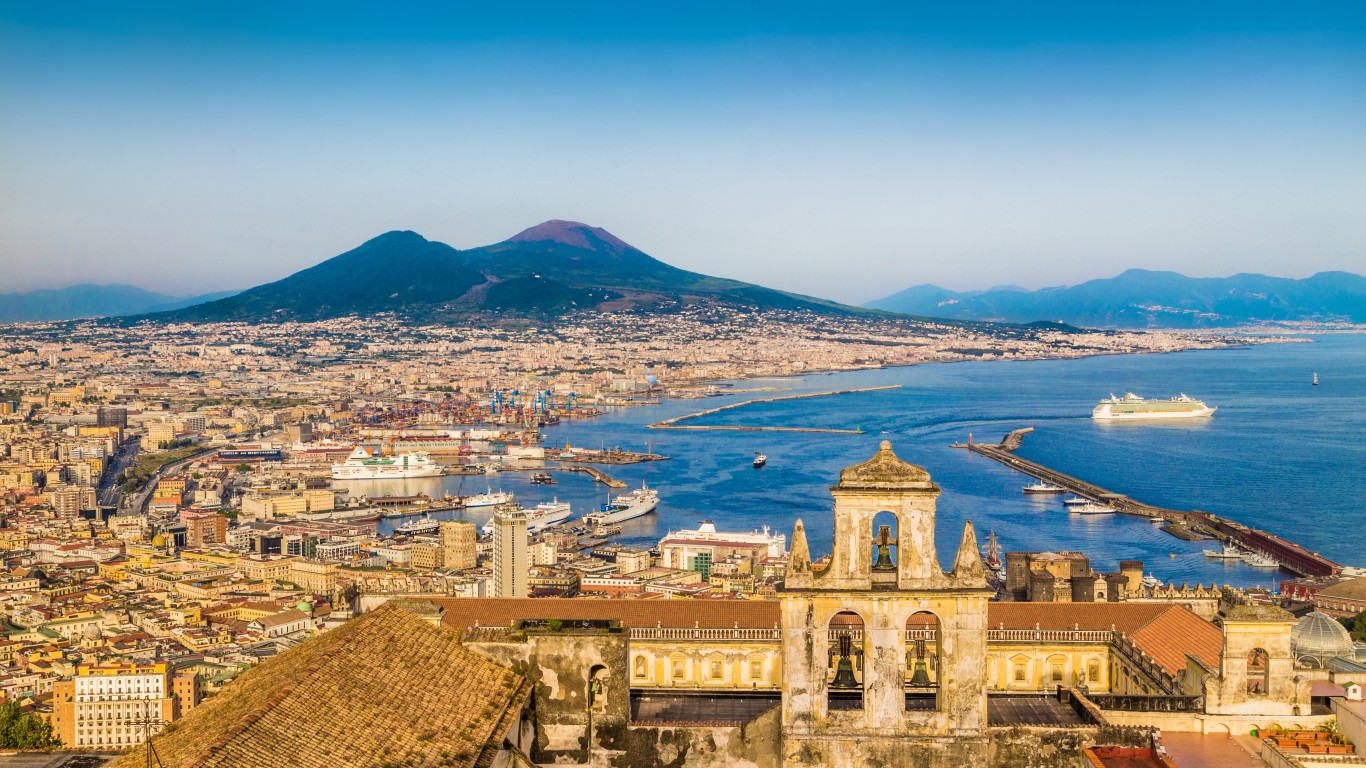
11. Mount Vesuvius
> Year: 79
> Location: Italy
One of the deadliest volcanic eruptions in European history, the VEI 5 eruption of Mount Vesuvius spewed superheated debris and gas 21 miles into the stratosphere, and sent out waves of heat and ash that buried multiple cities and incinerated the surrounding area. Many victims of the blast died instantaneously of thermal shock.
[in-text-ad]
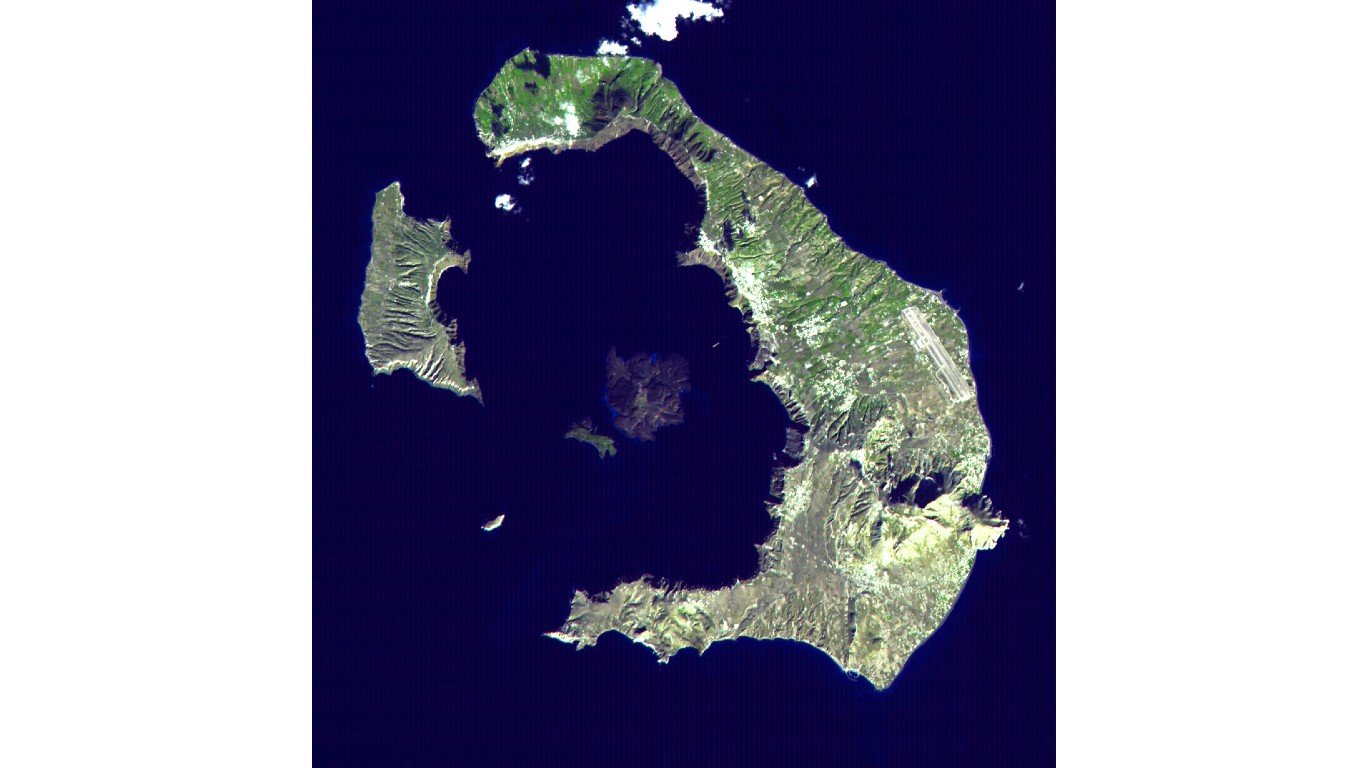
12. Thera
> Year: 1620 B.C.
> Location: Greece
This eruption of the Aegean island of Thera destroyed a Bronze Age Minoan city and caused tsunamis that devastated coastlines as far away as Crete. With a single blast as strong as hundreds of atomic bombs, the Minoan eruption caused a volcanic winter that may have been responsible for crop failures and famine as far away as Egypt and China.
13. Huaynaputina
> Year: 1600
> Location: Peru
The largest eruption in South American history, this blast killed 1,500 people and decimated the surrounding area, burying over a dozen villages under volcanic rock. It also drastically affected the earth’s climate, possibly contributing to the Little Ice Age, and causing cold waves and crop failures as far as Europe and Asia.
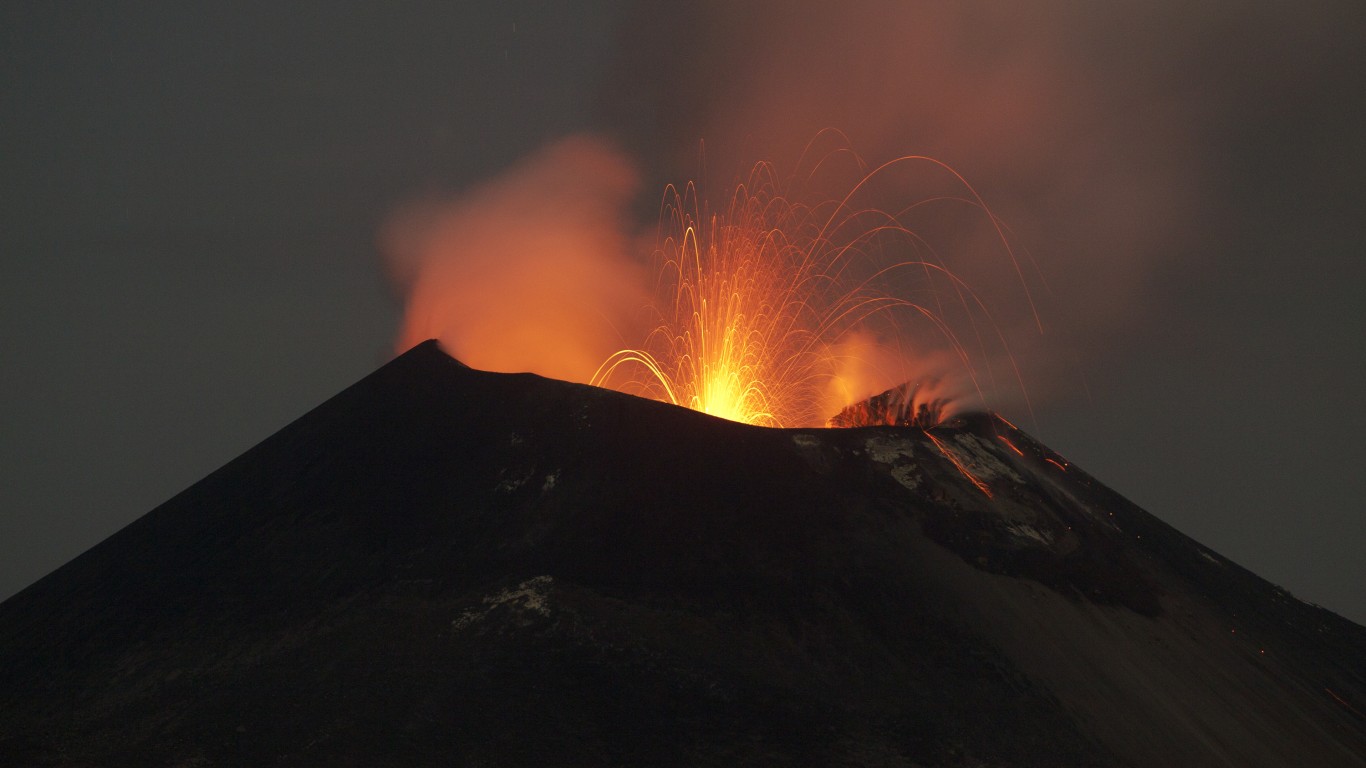
14. Krakatoa
> Year: 1883
> Location: Indonesia
This eruption destroyed the island of Krakatoa and led to hurricane-force winds and tsunamis that killed 36,000 people and wiped out multiple villages, reaching as far as South Africa. The explosions were heard as far away as Australia and on islands in the Indian Ocean.
[in-text-ad-2]
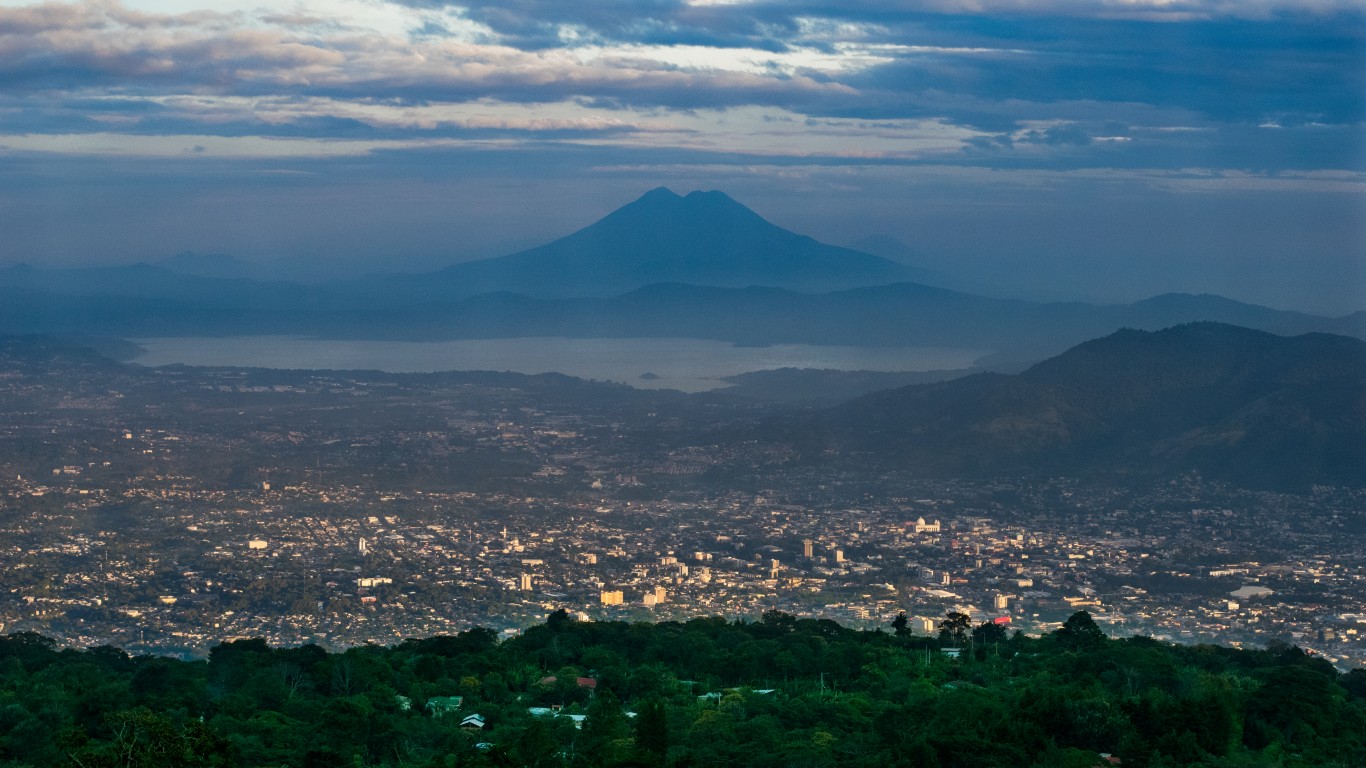
15. Lake Ilopango
> Year: 450
> Location: El Salvador
The eruption that formed Lake Ilopango also emitted massive pyroclastic flows that wiped out numerous Mayan cities and may have been responsible for the civilization’s relocation to Guatemala. The ash and pumice fallout likely made agriculture in the area impossible for decades following the eruption.
16. Mount Galunggung
> Year: 1822
> Location: Indonesia
Although Mount Galunggung has erupted several times since, its first recorded eruption occurred in 1822. Pyroclastic flow and mud destroyed more than 100 villages and killed more than 4,000 people.
[in-text-ad]
17. Santa Maria
> Year: 1902
> Location: Guatemala
After lying dormant for centuries, the Santa Maria volcano erupted when a series of earthquakes hit Central America in 1902. The VEI 6 eruption emitted nearly two cubic miles of magma as well as volcanic ash that reached as far as San Francisco. It is estimated that 6,000 people died as a result of the blast.
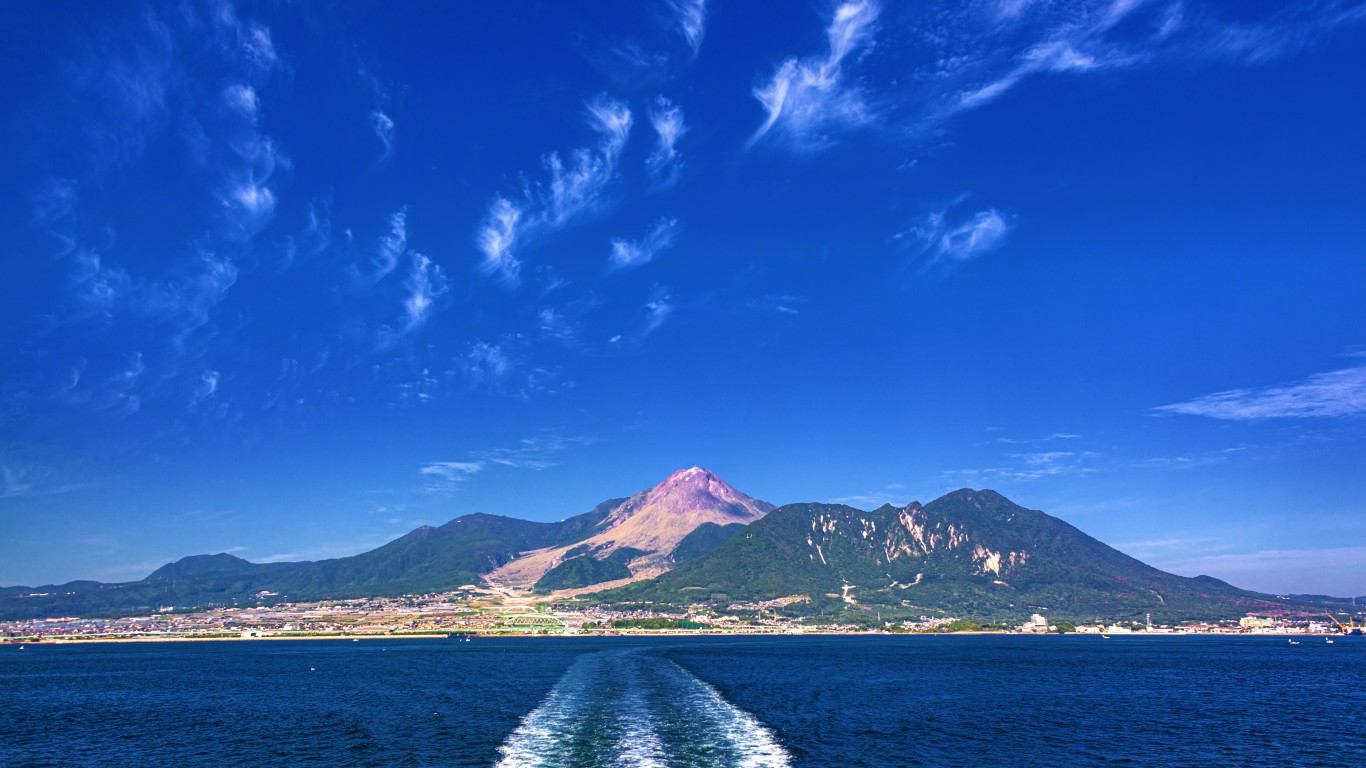
18. Mount Unzen
> Year: 1792
> Location: Japan
In the deadliest eruption in Japanese history, Mount Unzen killed 15,000 people when a landslide created by the collapse of its dome buried the city of Shimbara, then crashed into Ariake Bay, causing a megatsunami that further devastated the surrounding area.
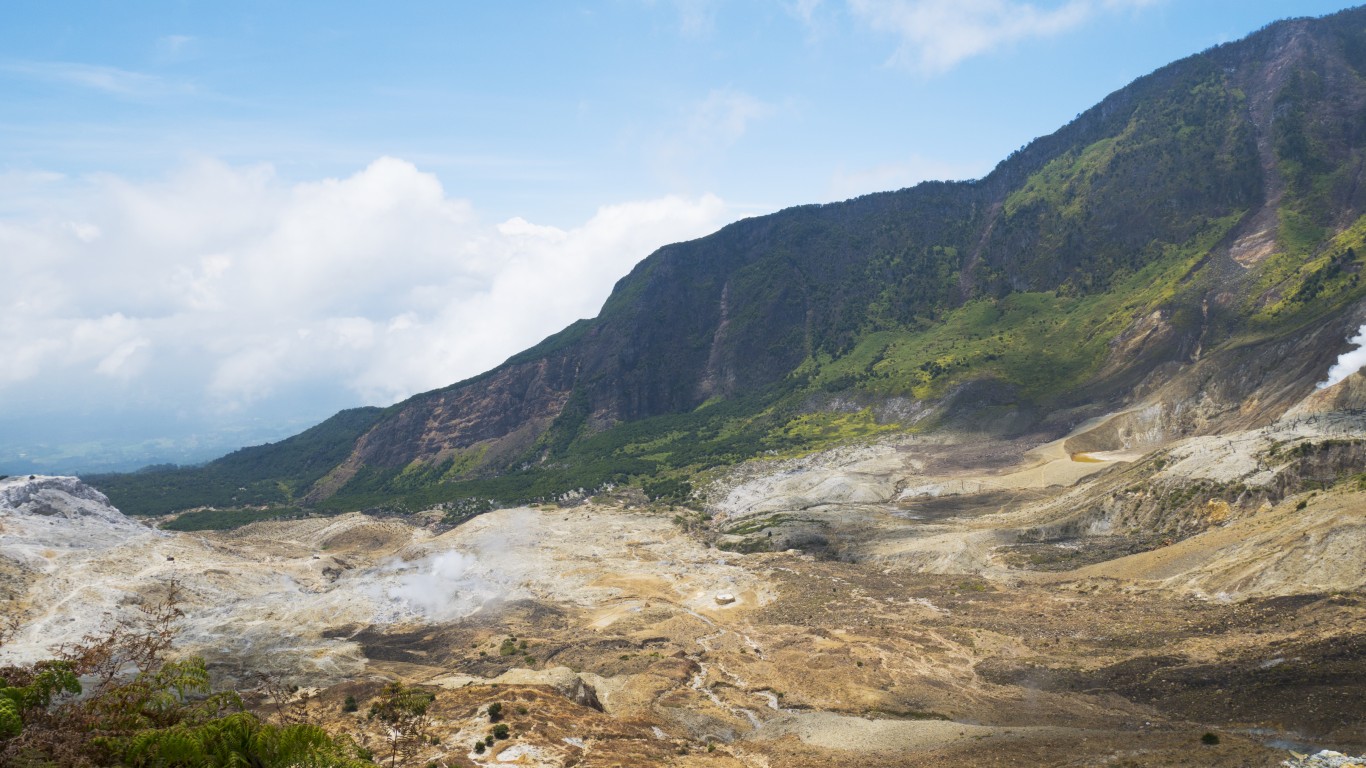
19. Mount Papandayan
> Year: 1772
> Location: Indonesia
The first eruption of Mt. Papandayan occurred in 1772, when a section of the mountaintop collapsed and the ensuing avalanche decimated 40 villages and killed 3,000 people. The volcano is currently a tourist attraction containing bubbling mud vents and four large craters that emit gasses and steam.
[in-text-ad-2]

20. Kelud
> Year: 1586
> Location: Indonesia
Currently an active volcano containing a large crater lake, Kelud has erupted many times — the deadliest occurence being in 1586, when the mountain’s crater lake emptied and more than 10,000 people were killed by the worst volcanic mudflow in recorded history.
Get Ready To Retire (Sponsored)
Start by taking a quick retirement quiz from SmartAsset that will match you with up to 3 financial advisors that serve your area and beyond in 5 minutes, or less.
Each advisor has been vetted by SmartAsset and is held to a fiduciary standard to act in your best interests.
Here’s how it works:
1. Answer SmartAsset advisor match quiz
2. Review your pre-screened matches at your leisure. Check out the advisors’ profiles.
3. Speak with advisors at no cost to you. Have an introductory call on the phone or introduction in person and choose whom to work with in the future
Thank you for reading! Have some feedback for us?
Contact the 24/7 Wall St. editorial team.
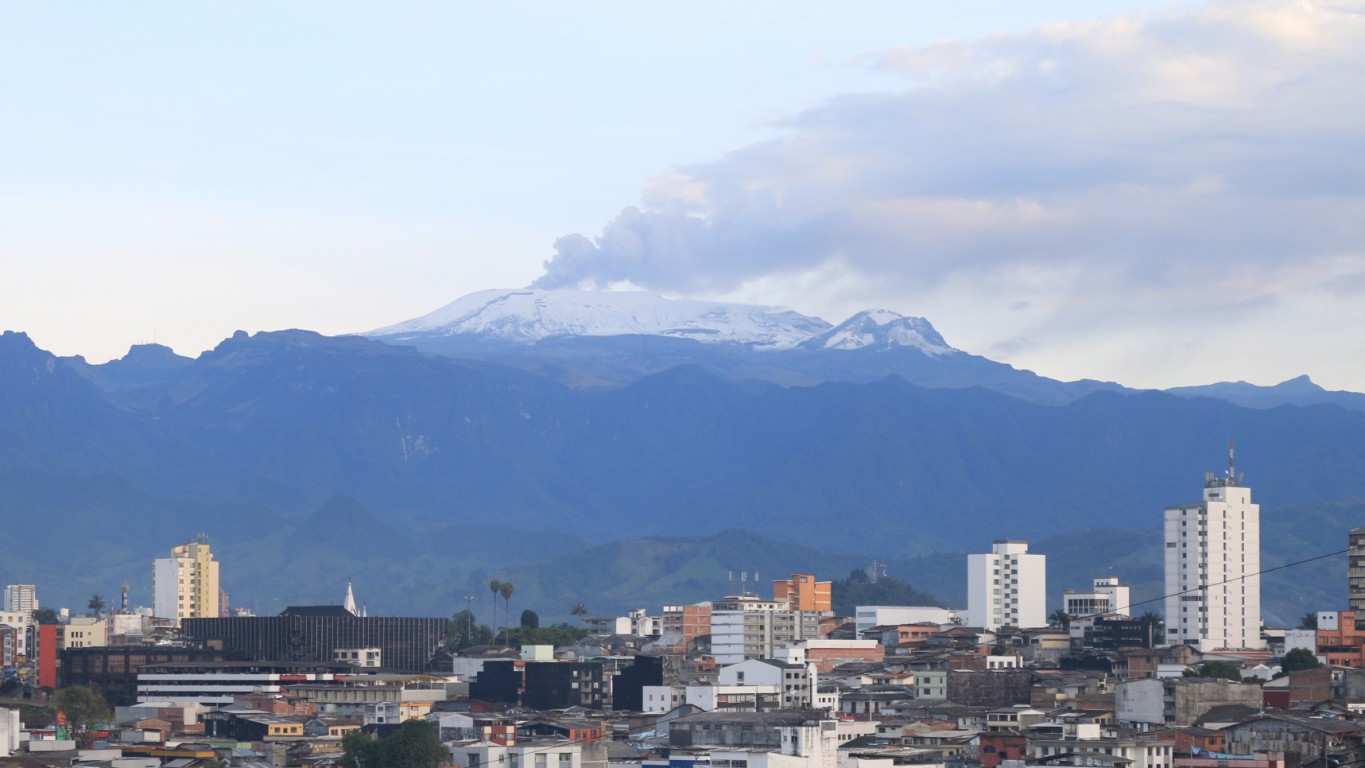
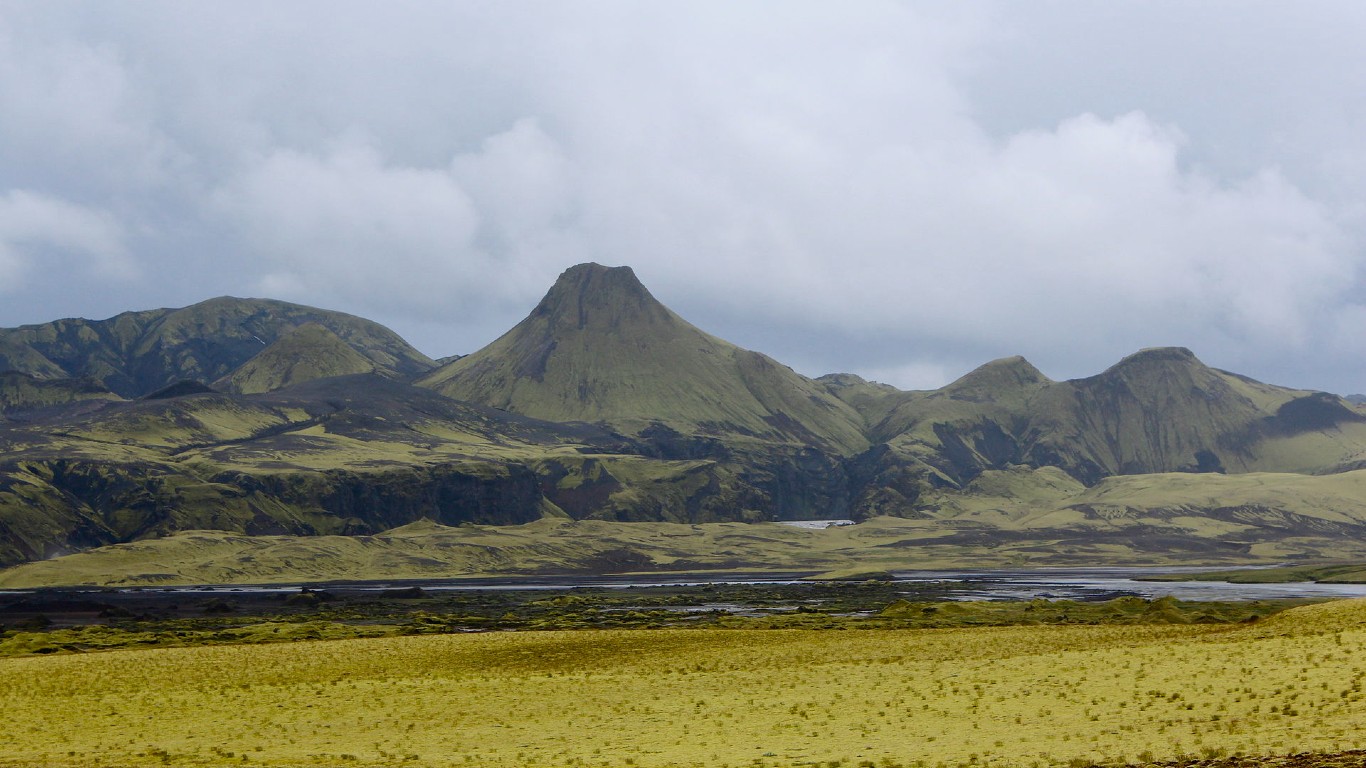
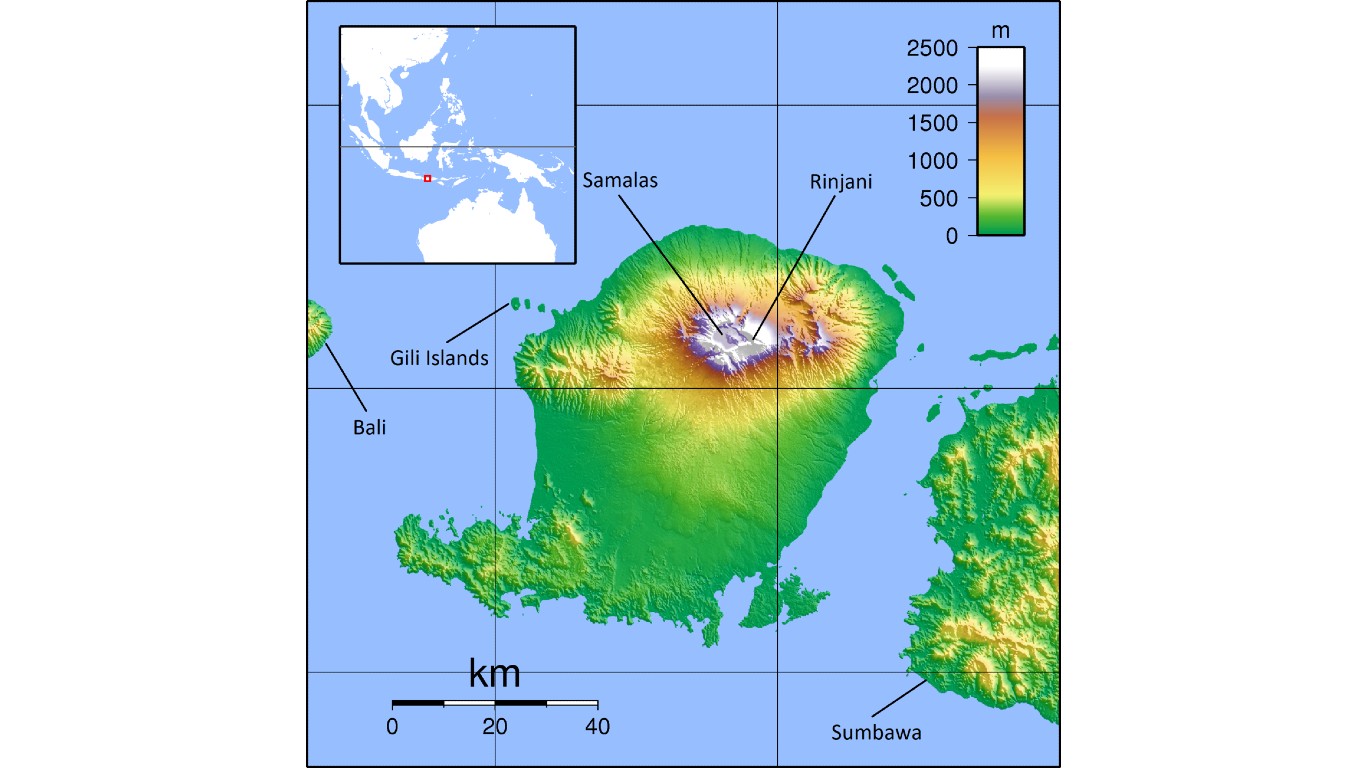
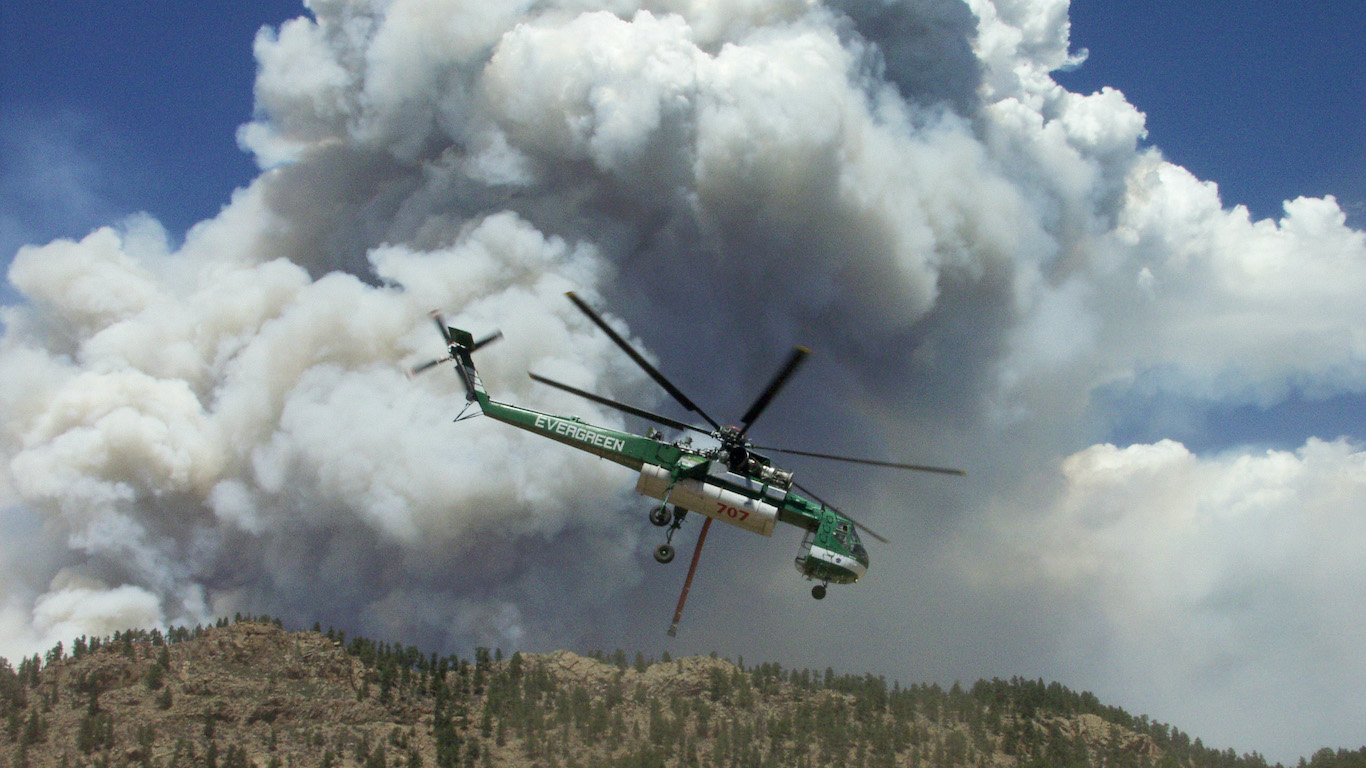 24/7 Wall St.
24/7 Wall St.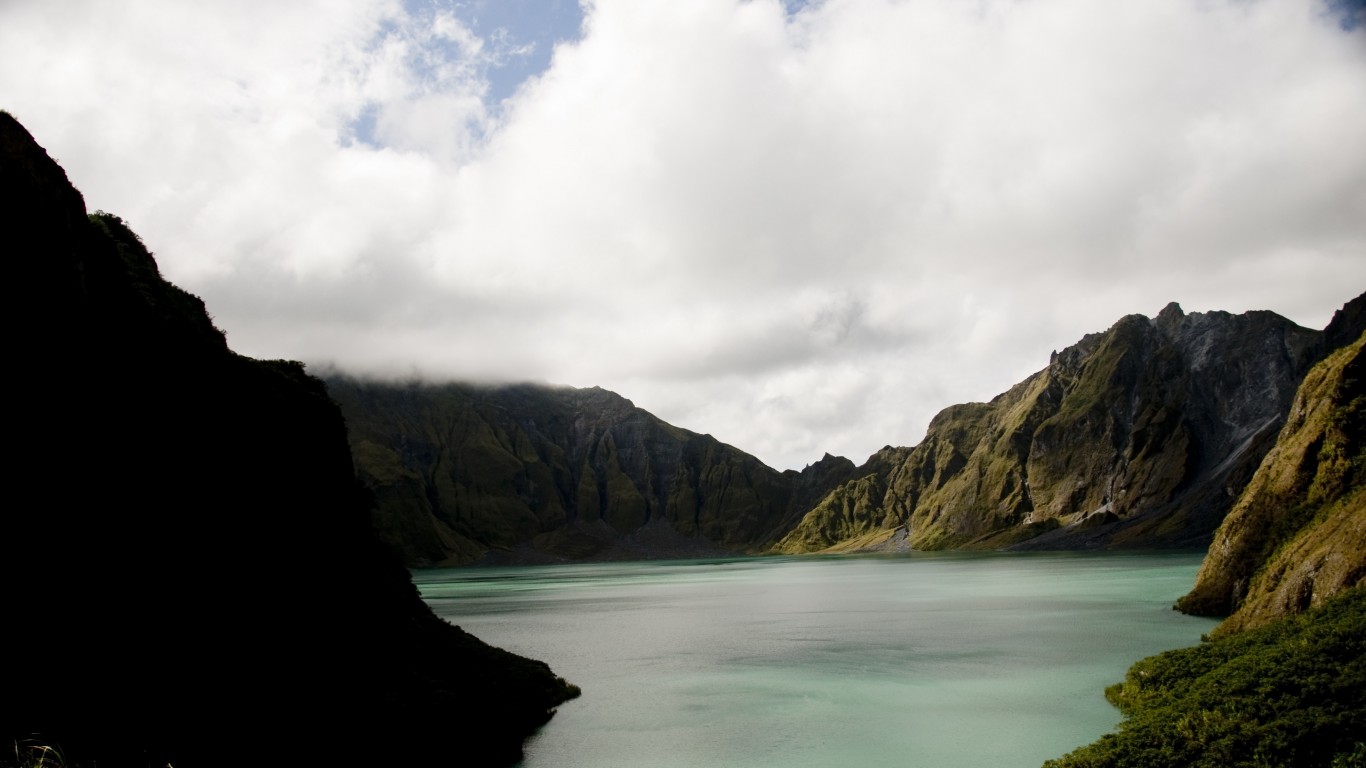
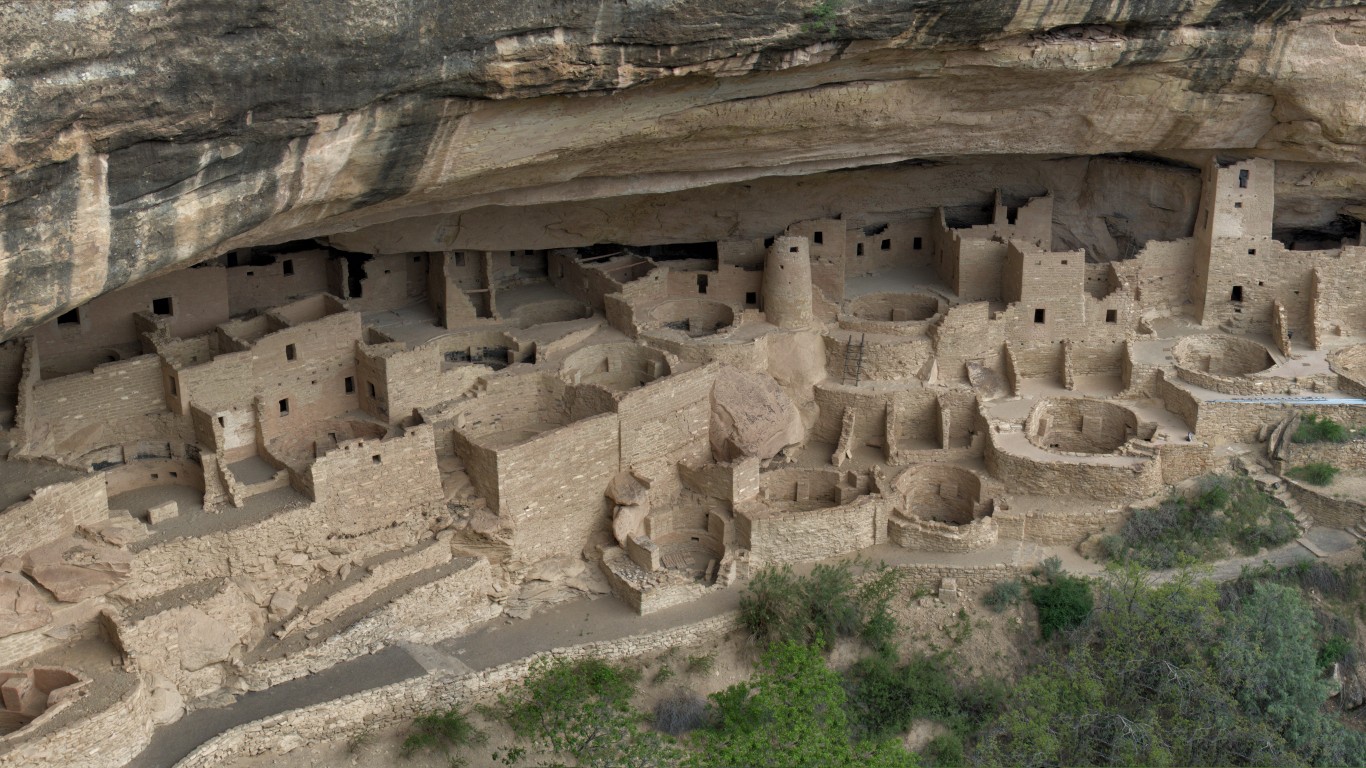 24/7 Wall St.
24/7 Wall St.